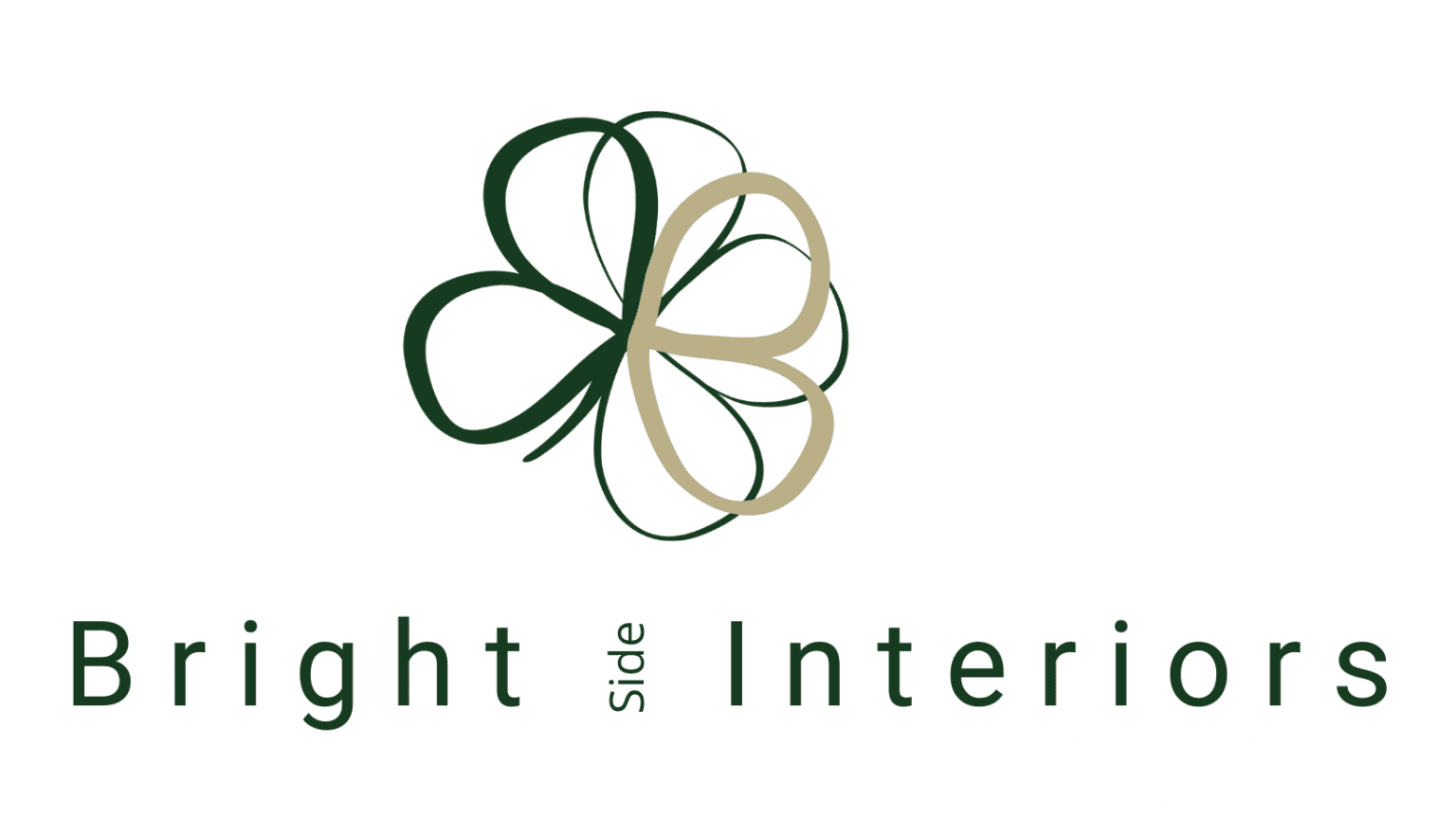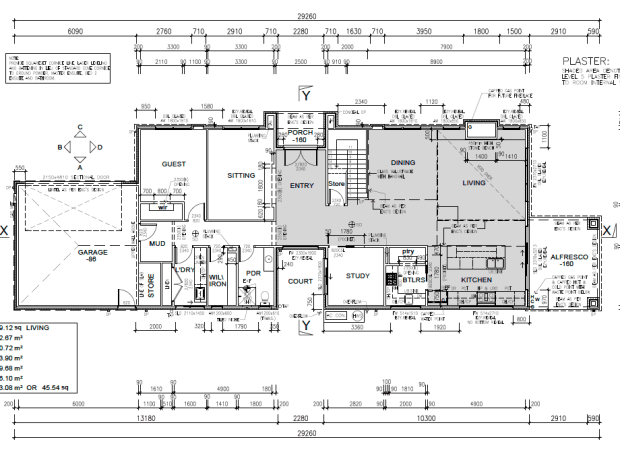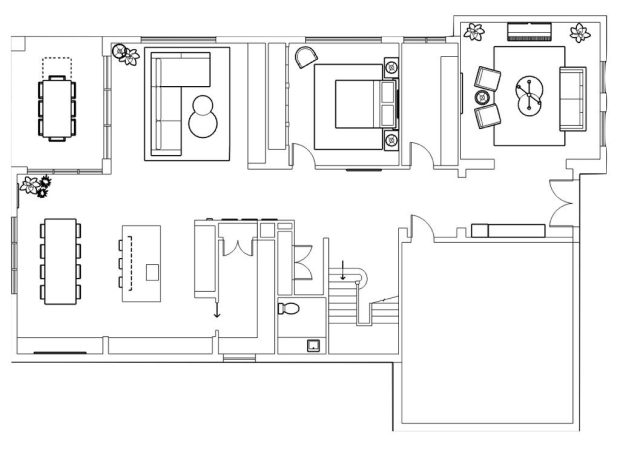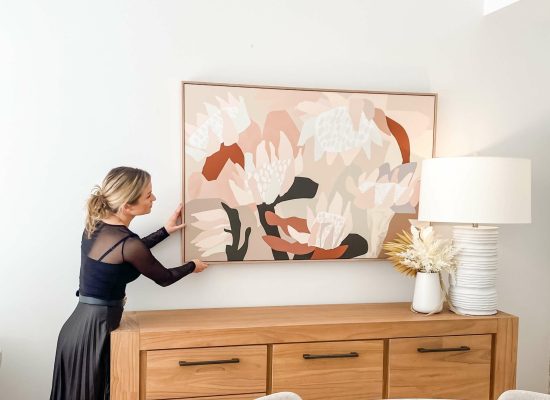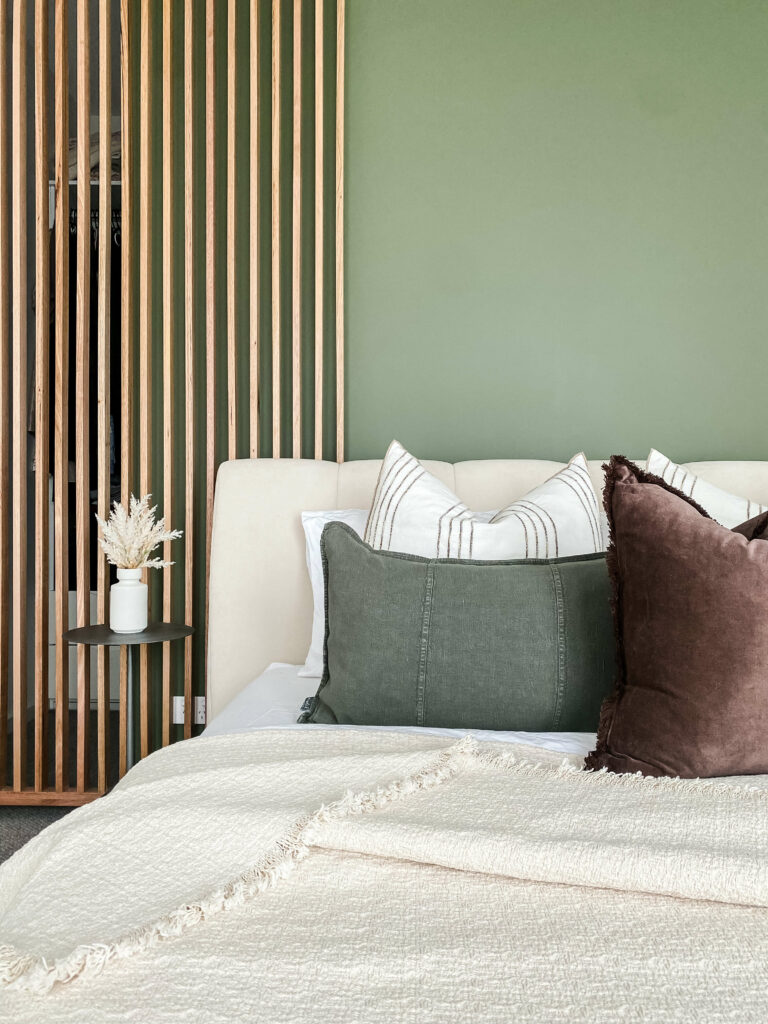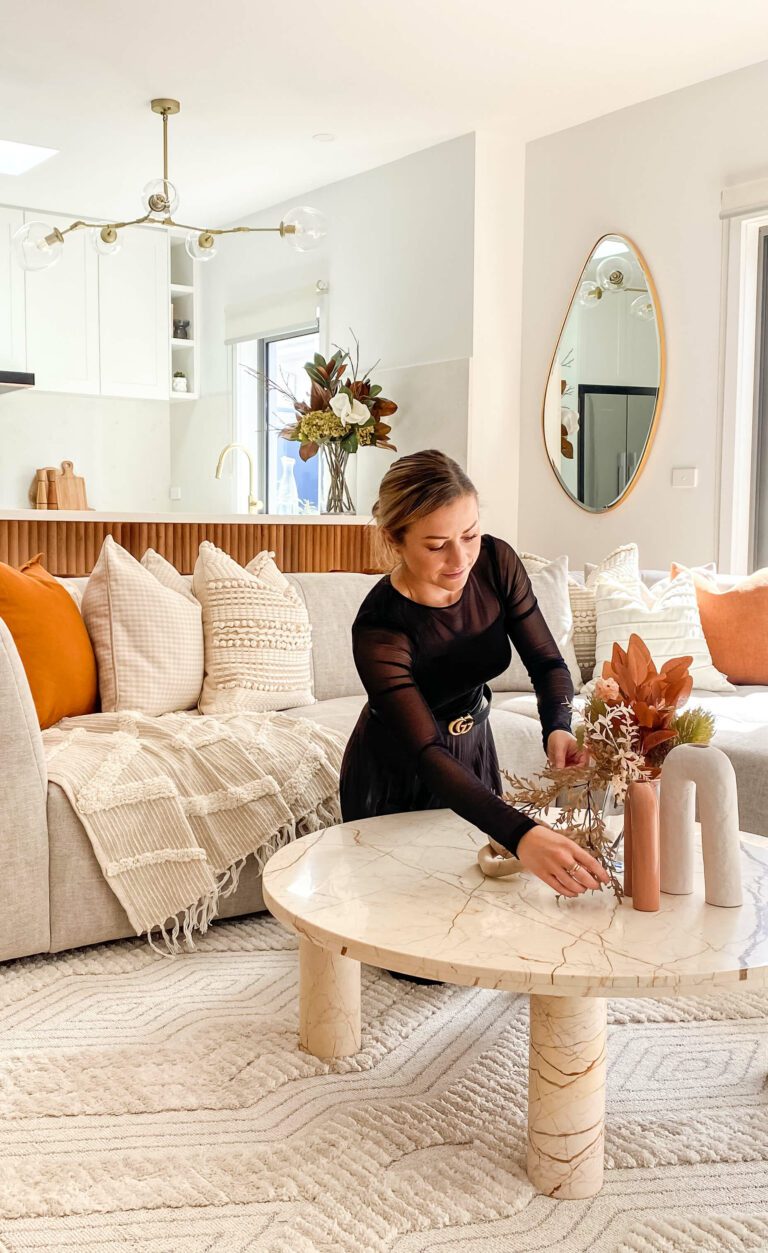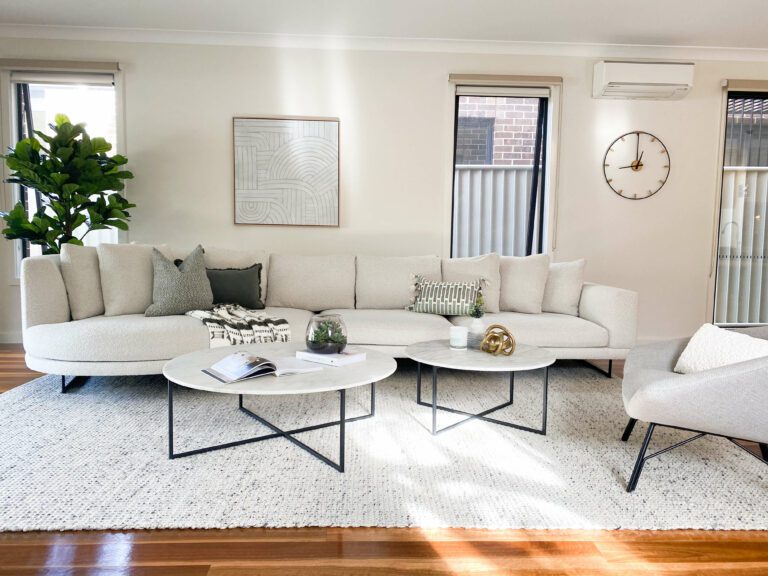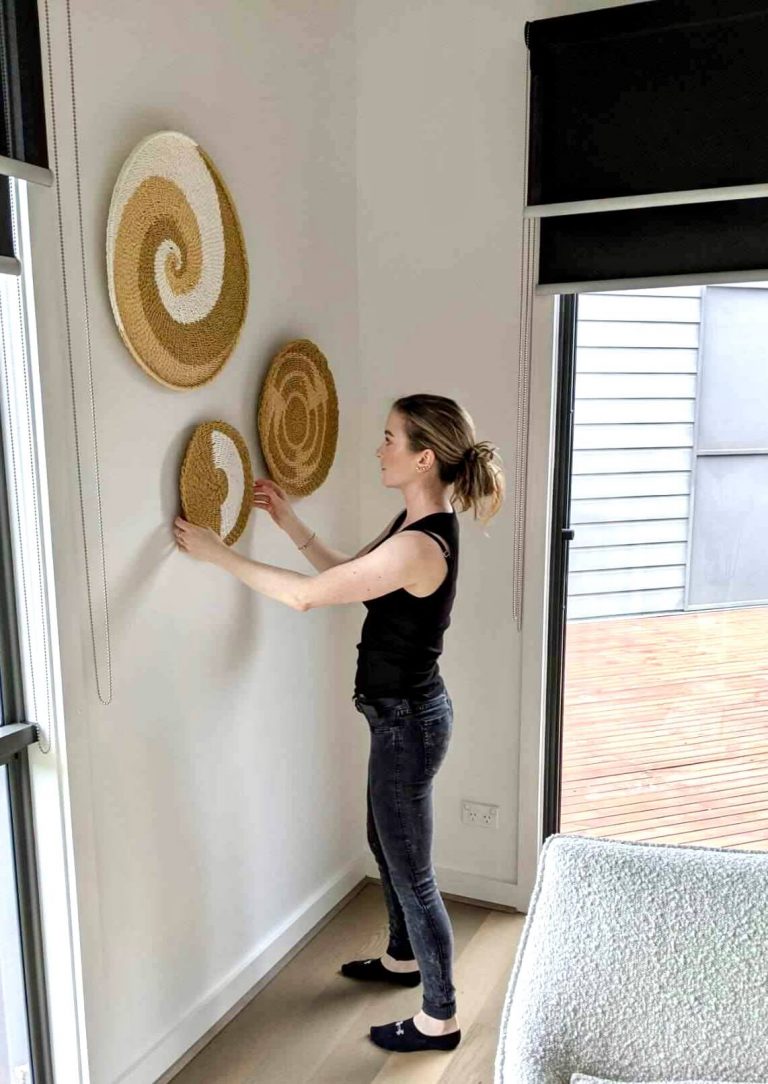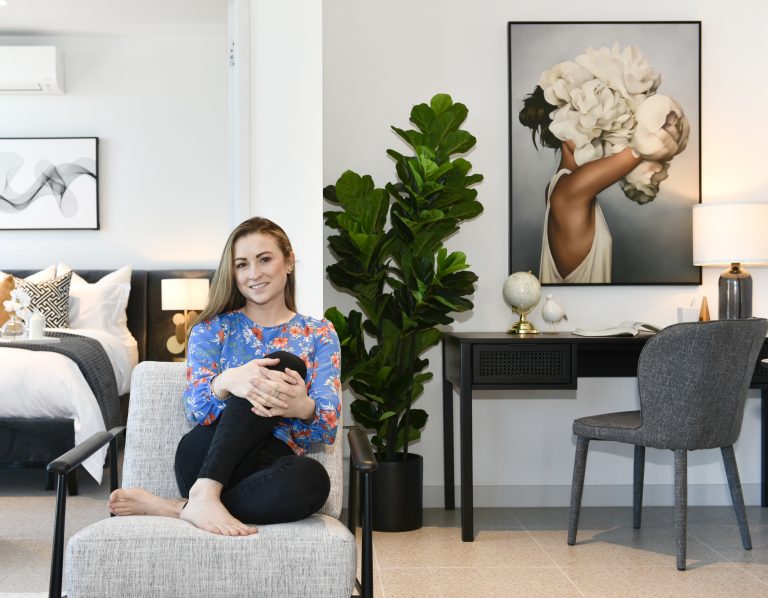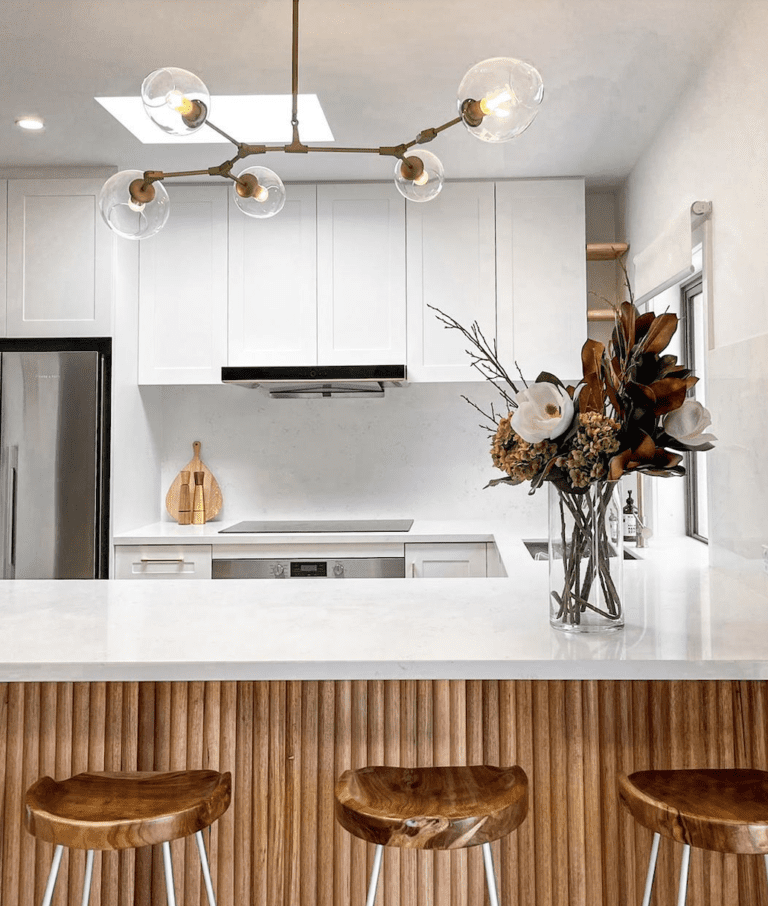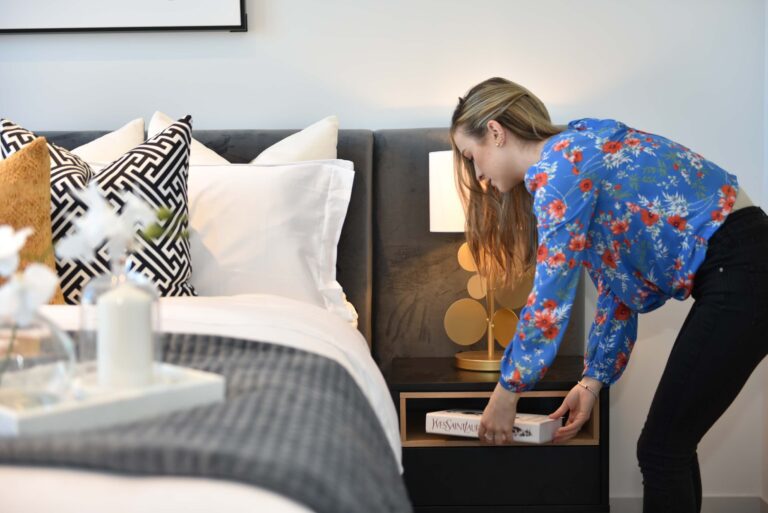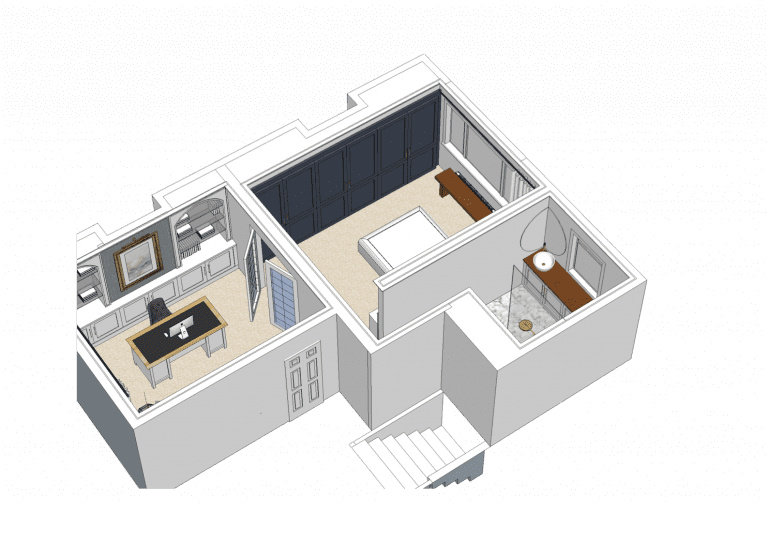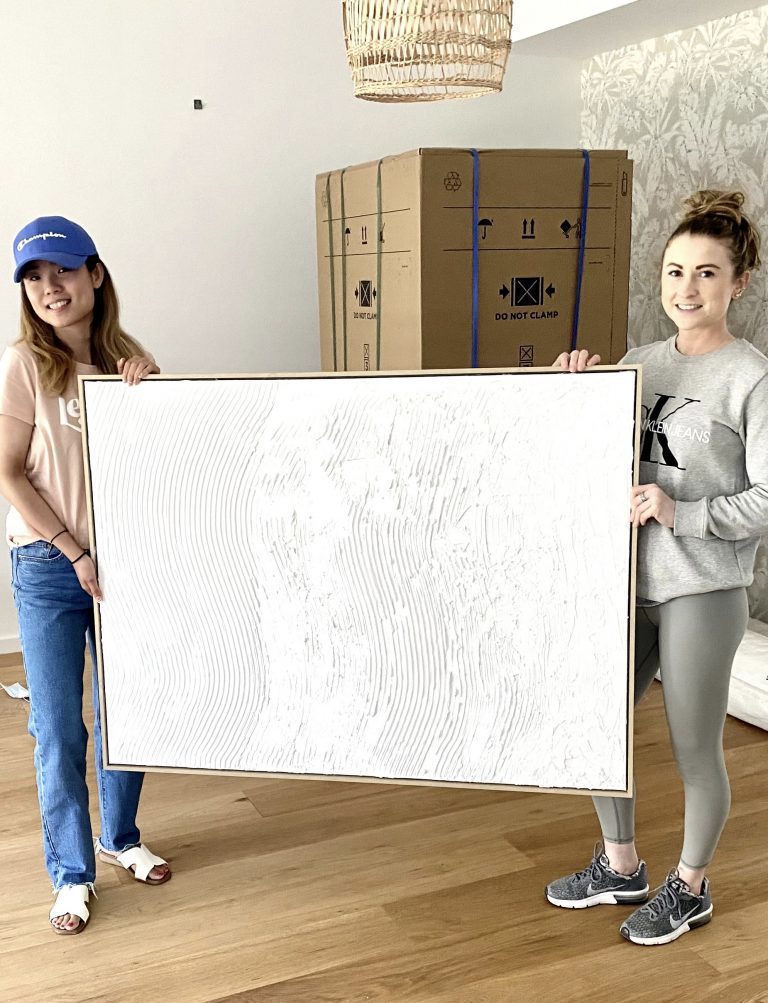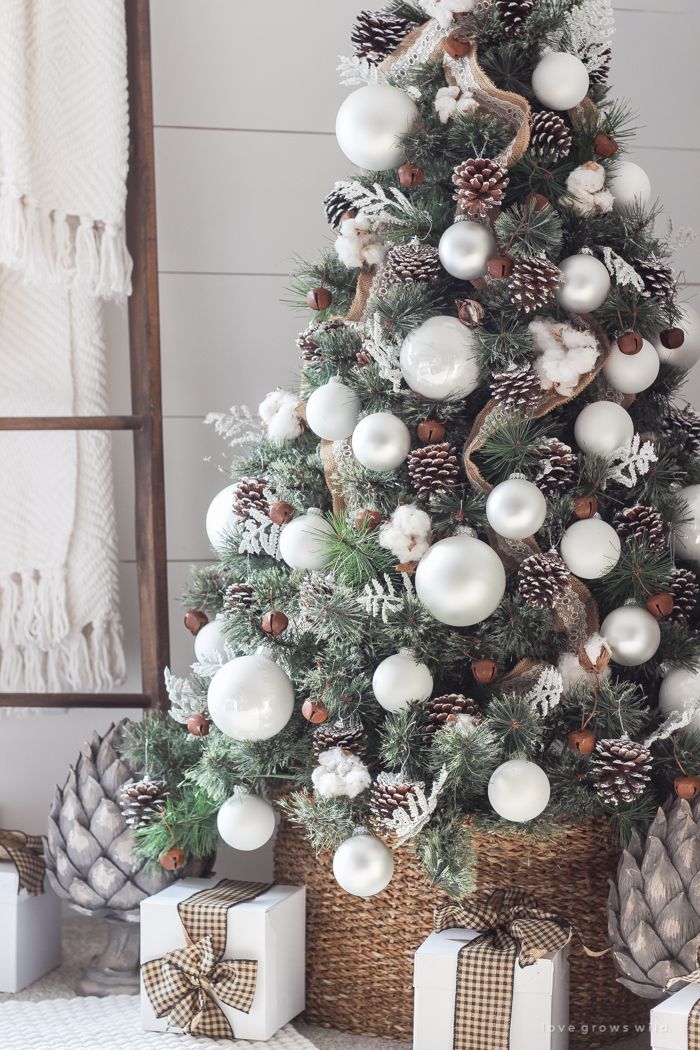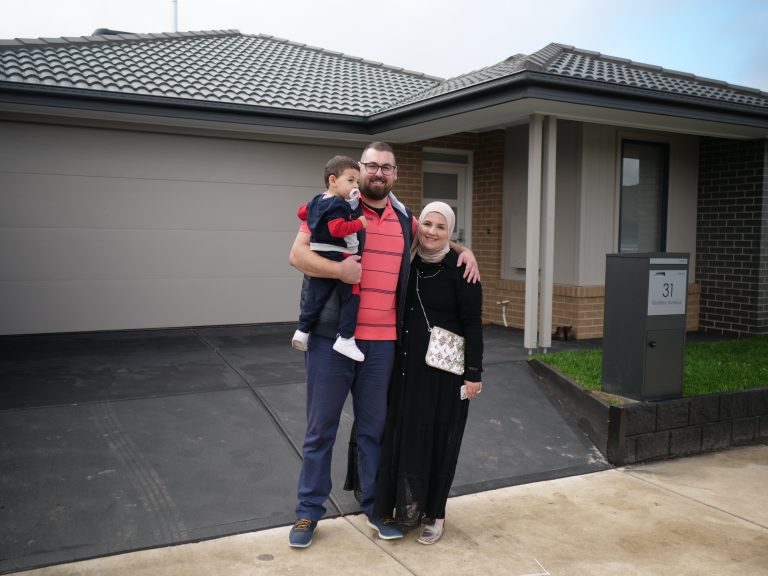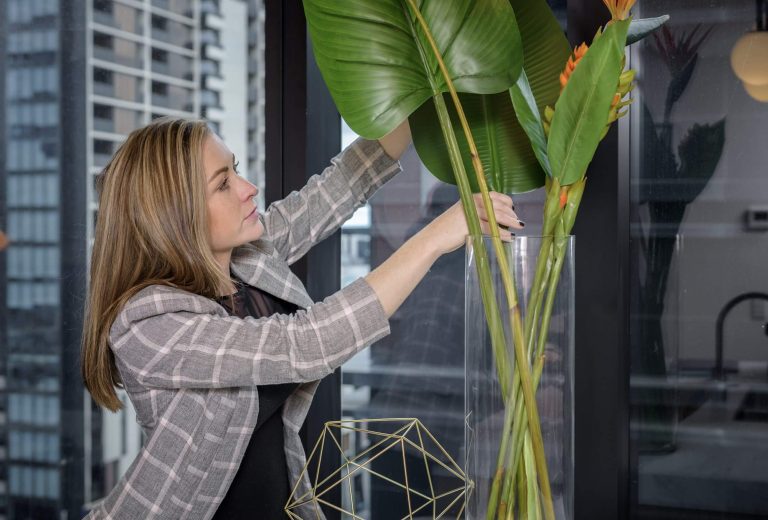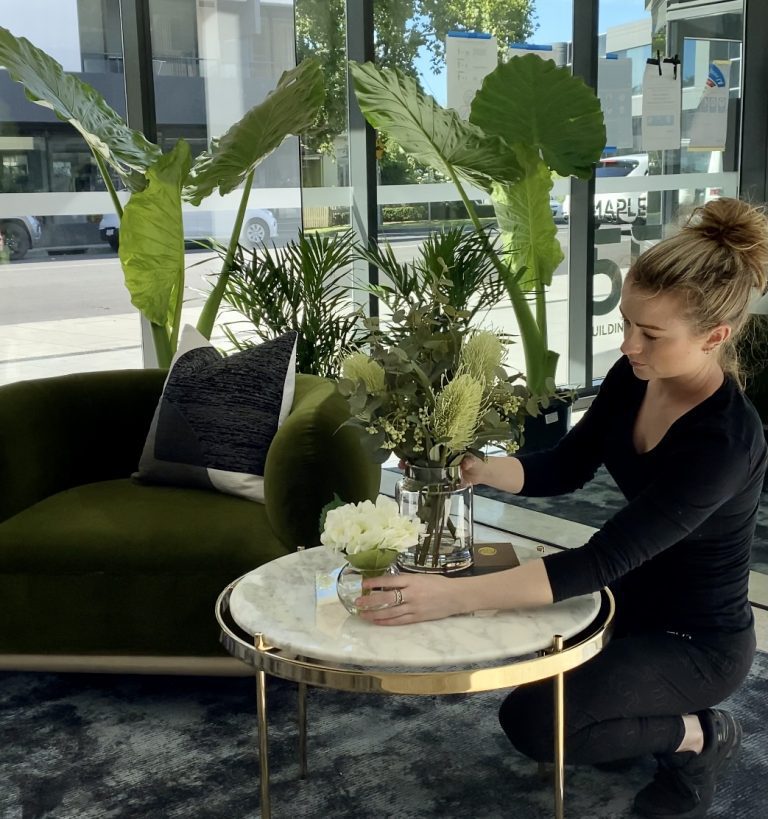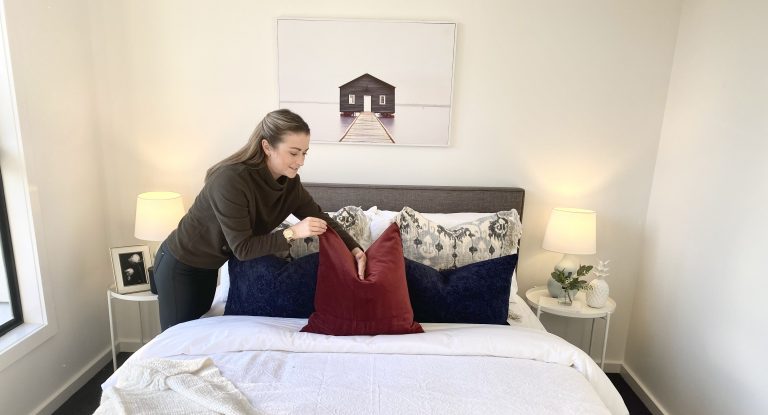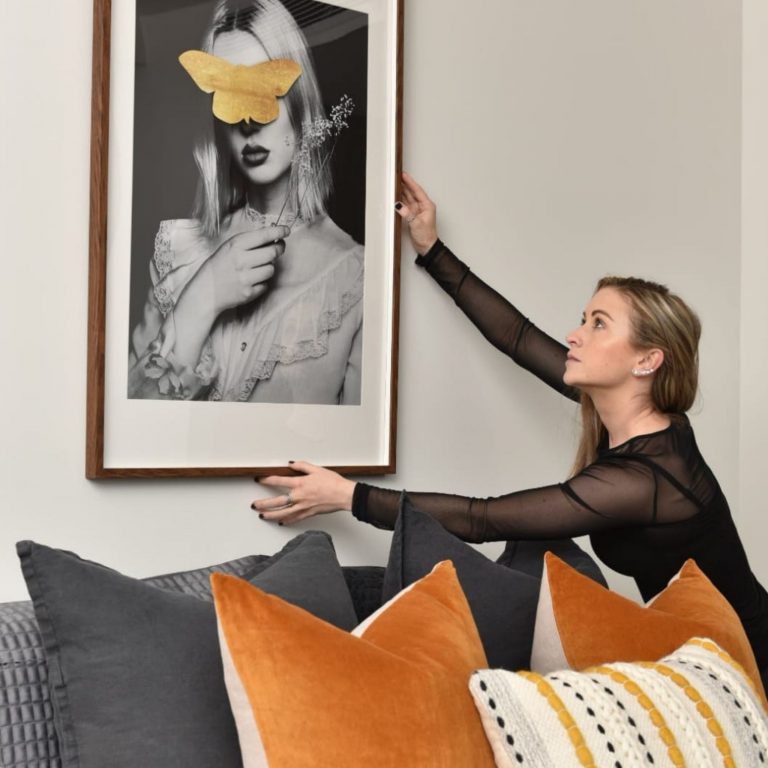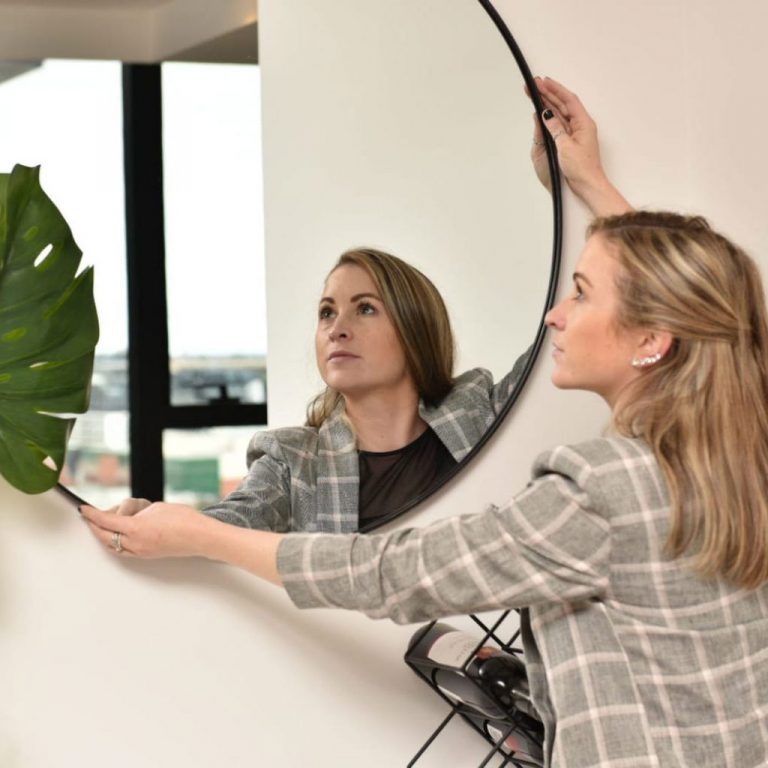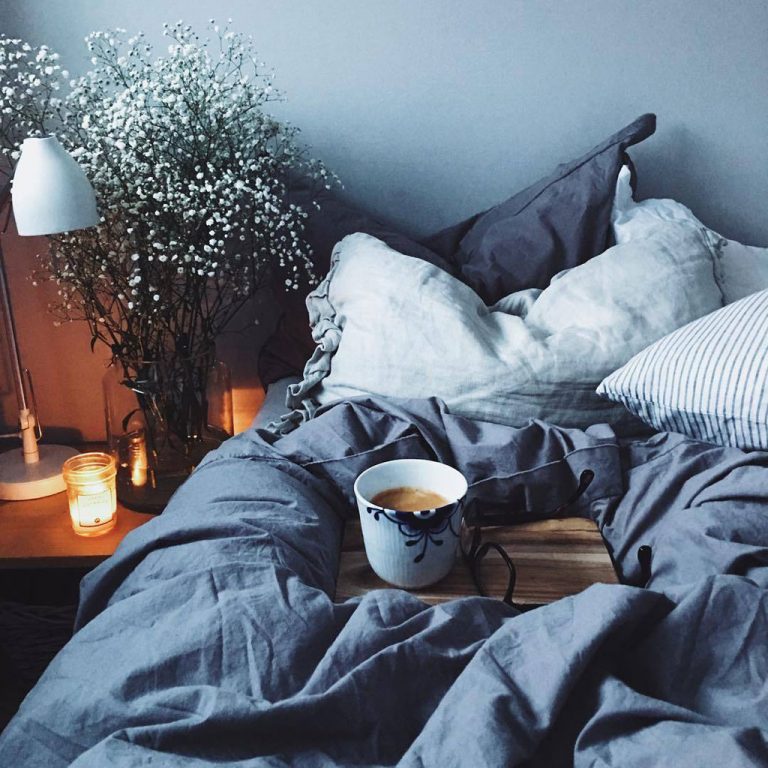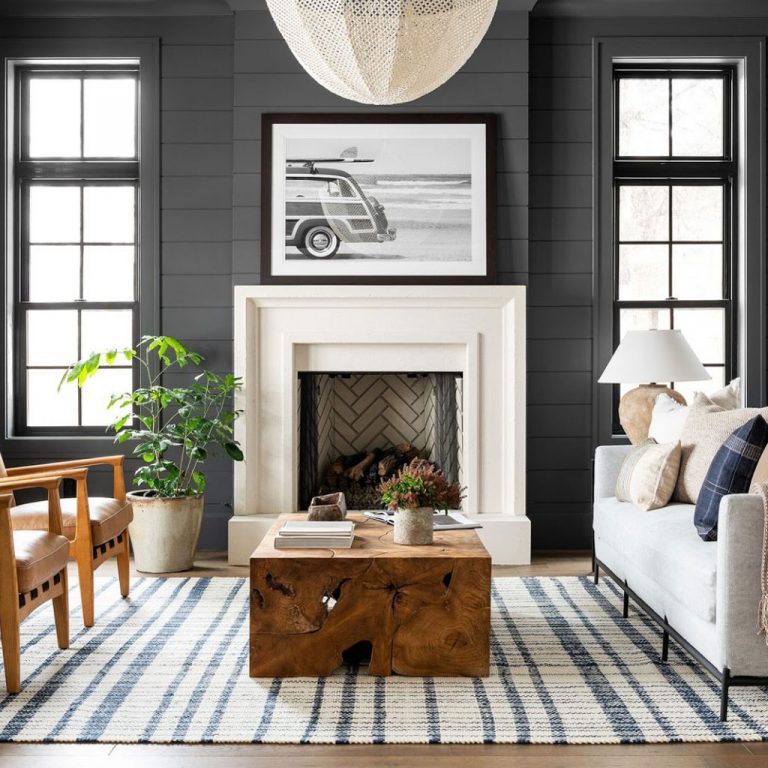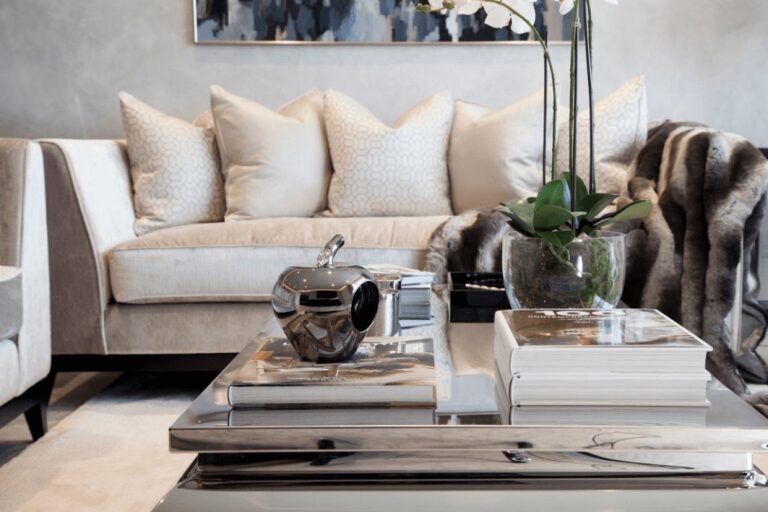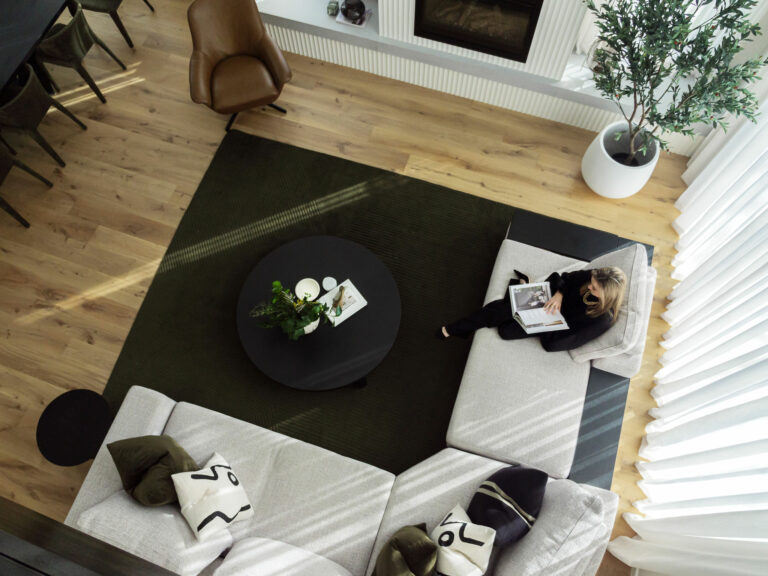
Your home is your biography and tells the story of who you are. I am here to help you write your next chapter.
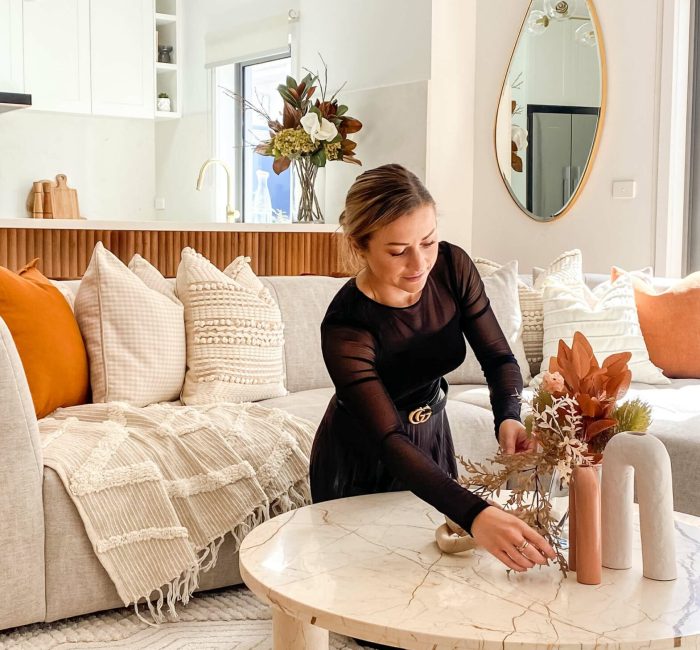
What does an Interior Designer do?
Interior Designers are responsible for creating harmonious, functional, safe and beautiful internal spaces. The role of an Interior Designer is multi-faceted but begins with understanding how a space is used by its occupants. They think about the physical shell of the building, the pathway between spaces and how our subconscious responds to the environment. They consider natural and artificial lighting, scale, shape, colour, texture, materials and so much more.
You can hire an Interior Designer to help you design your home from scratch, or you can bring them on board at a much later stage to simply help you choose furniture. The scope of work can be as little or as large as you need it to be. The intention of this article is to give you a better understanding of the tasks I can help you with.
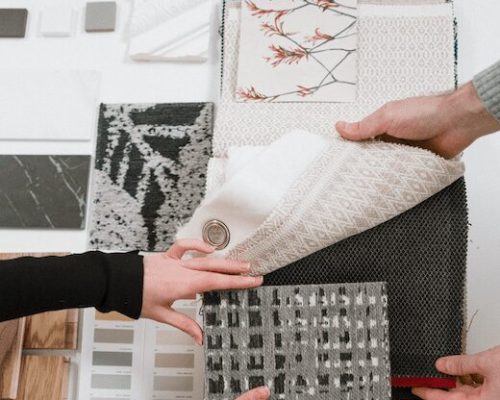
Review existing floorplans and provide feedback
If you are building, you might be working directly with an architect or a builder. When it comes to duties, an architect will take care of the building legalities, logistics, planning permissions and building materials. The builder simply executes what’s drawn on the plans but, they are not known for their creativity or design flair. Without clear direction, design mistakes can and do happen.
Architects and builders don’t get inside your head to understand how you and your family intend to use each space. They don’t see the full picture as an Interior Designer does. It’s up to the Interior Designer to fine-tune the initial plans to create an interior space that works from both a practical and design perspective.
By employing me early on, I can foresee problematic areas. I might notice that the dining room is oversized compared to the living room, or that the fourth bathroom could be a mud room instead, or that the feature wall in the master bedroom doesn’t allow for bedside tables with a king-size bed etc.
Specify materials for hard finishes
If you work directly with a builder or an architect, they will guide you through this process, but it will be less thoughtful to your personal needs. Materials will be chosen based on the physical beauty and style of the home, rather than your preferred style or lifestyle requirements. Having an interior designer on board ensures the fine details are met throughout the entire process.
An Interior Designer will figure out your style direction first, and match the materials to that style perfectly. For example, if you tell me that you want a modern country look, I am not going to let you choose highly polished floor tiles. An Interior Designer will also figure out how you’d use each space, so that the materials can hold up to your needs (pets, kids, dust allergies, sun-resistant etc).
When we work together, I’ll be picking materials based on a full design scheme. I’ll be envisioning furniture and materials in each room, and back peddling to choose the hard finishes for you. Each space will complement the other and flow thoughfully. With me, your materials and fittings will be holistically chosen based on your lifestyle, your personal design style and your everyday needs.
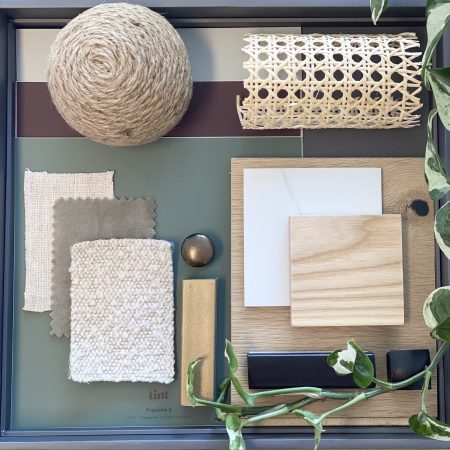
Wall, Floor and Window treatments
If you’ve ever had the task of picking a White for your walls, you’ll know that there are a crazy amount of Whites to choose from. Pick a White that’s too cool, and your home may feel like a hospital. Pick one that’s too warm, and your home may go back in time.
With floors, it all starts with Carpet vs Tile vs Wood. From there, we open pandora’s box into a world of choices. Same goes for your window treatments. Should you do blinds, sheers, blockouts, shutters or a combination? What fabric should you choose and what fold? You get the gist. Whatever you pick for these foundational aspects of your home, will set the tone for everything else.
There are many layers to a successful interior and you can read more about this in my blog “How to add layers for successful Interior Design“.
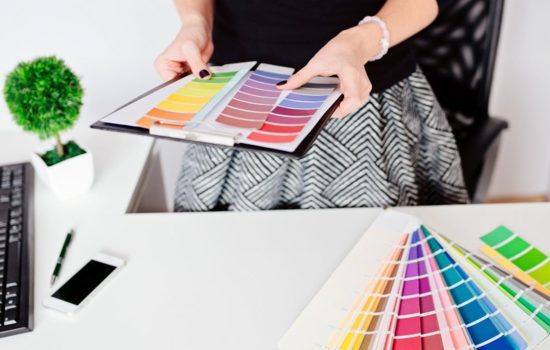
Forming and sticking to a budget
This is a big one! It’s not every day that you sit down and fit out an entire home as I do. So how could you possibly work out exactly what items are needed and what things cost? I’ll help you work out a realistic budget based on the quality and longevity you’re going for and help you stick to it. I’ll also help you figure out where to invest your money and where to pull back to ensure you are getting the most bang for your buck!
Depending on the Interior designer you choose, they may pass some of their industry trade discounts onto you, which helps your budget go even further! Here is an example of how I put my furniture/decor budgets together for my clients:
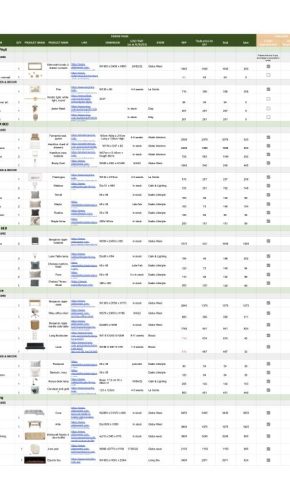
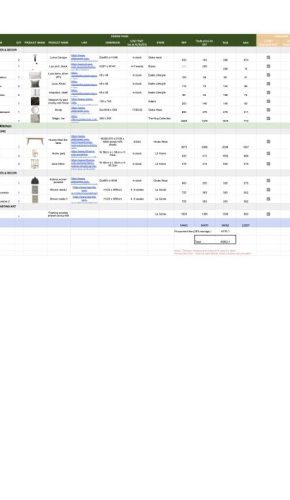
Conceptual Design
A great interior designer is a visionary. They can see a space and envision the completed look with ease. They can communicate their design concept to their client through a series of 2D and 3D drawings and a presentation of physical materials to touch and feel. It is through their presentation skills, that the client can begin to see their dream home come to life.
Most Interior Designers take inspiration from somewhere to carry out a project. This could be the geographic location of the building, nature or a historical reference to the site. For me, I specifically look for inspiration within the brief the client has provided or within an existing piece of furniture or art. Taking an idea, and turning it into an entire story is what really makes a well-designed interior stand out.
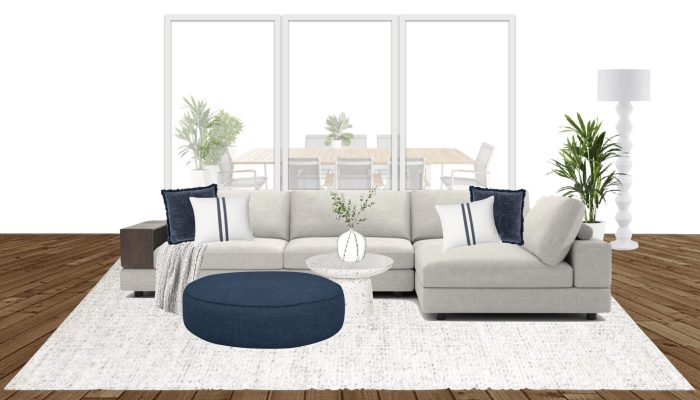
Custom Joinery
Well designed, custom joinery provides a highend finish to any interior. You can go directly to a cabinet maker, who will provide a simple yet practical solution or you can turn your cabinetry into a design feature that considers all of your storage needs. Perhaps you need somewhere to hide and charge your robot vacuum or have a series of guitar cases that need to be hidden away, or perhaps you want to display some of your favourite glassware in the best way possible. Whatever your need is, a collaboration between a designer and a cabinet maker is the perfect mix!
I really enjoy listening to my client’s “problems” and solving them with the perfect joinery solutions. I have designed custom fireplaces with built-in TV units, a whiskey bar, a bespoke sliding door to hide a messy WIR, a kitchen island extension with extra storage (see below) and much more. When I designed all of these pieces, I had my client’s lifestyles, needs and overall design concept in mind. The units were custom designed, to enhance my client’s spaces and become a feature. Cabinetry is expensive, so make it worth every penny!
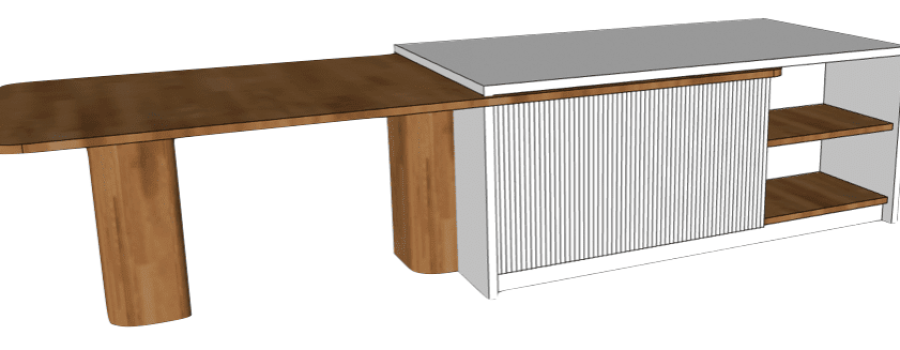
Spatial Planning
Spatial planning is one of the most important stages of the Interior Design process and should be carried out above all else. It is the foundation of the rest of the project, ensuring all of the pieces of the puzzle will fit. Interior Design is not just about picking pretty fabrics and colours, there is a whole layer of technical organisation involved which is crucial to the functioning of a space.
In some cases, you may have a really good floor plan, but the rooms haven’t been designed to cater for suitably sized furniture, furniture placement or for your own special pieces that need to be incorporated.
When I am examining a new project, I familiarise myself with the footprint of each room. Firstly, I assess where the key elements are such as doors, windows, fireplace, ceiling lights, electrical ports, plumbing etc. I then think about how each space will be used and figure out the function of each room/section of the room. Once the activity zones have been mapped out, I can start figuring out the circulation of movements around each space, to discover the proportions I can use for future furnishing etc.
I break this process down for you in my blog “How do I spatially plan my room“.
Product sourcing and custom furniture
Product sourcing is by far the most time-consuming part to an Interior Design project. Finding the perfect pieces to reflect your home and personality takes hours and hours. Quite often, I’ll end up getting furniture custom-made to suit your home because I can’t find exactly what I have envisioned. Custom-made pieces tailored to your home is luxurious and unique!
It also takes a very long time to find, research and trust new suppliers. I have spent years collecting my list of retailers/wholesalers and I have built long-lasting relationships with them. I am a repeat customer of theirs, so they look after me and my clients. I have preferred suppliers for furniture, artwork, rugs, lighting, small decor, greenery etc. Having a list of suppliers on hand ensures that I can do the job much faster than you. It also means that I’ll be finding special pieces for you so that your home is incomparable.
Decision Making
When you design a home, there are a million and one things to think about and decide on. It is very overwhelming and can cause a lot of unnecessary stress in your life. When making your own decisions, the chances are you will play it safe. An Interior designer will push you out of your comfort zone and encourage you to make bolder choices. You will still be required to make some decisions, but your designer will make the process much easier for you.
Quite often, the client’s ideas and brief cannot be met 100% because the designer may not agree with their suitability. Interior designers will negotiate their ideas with their clients and merge them into harmony. Sometimes, I set my client’s brief aside and work out what is actually good for the overall house. At the end of the day, my clients hire me for my skills, not my agreeableness.
When you purchase items for your home, you are faced with a challenge an Interior Designer doesn’t have to face. That is, finances! When I am picking the perfect pieces for your home, I am purely thinking about what is going to work. I am not thinking about the cost so long as I am staying within your overall budget. When it’s your own money, your decisions can be influenced by price tags which can slow down your decision-making. On top of that, this is what I do all day, every day. I am well-practised at making quick decisions.
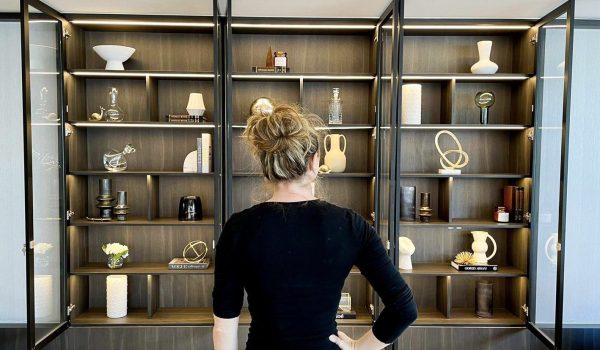
Project managment and co-ordinating trades
Having a designer involved improves your communication with your builder / other trades. The designer can liaise directly with all of the trades involved, without having to interrupt your day. Interior Designers can interpret and simplify tradie jargon, ensuring you understand exactly what is going on at all times.
I have a number of my own preferred trades that I like to work with. I know them well, and they know me. We work harmoniously together and communicate clearly to avoid any misunderstandings.
Managing other trades is a huge component of a successful project. If you have a full-time job, you won’t be available for regular site meetings, phone calls, emails etc. which could slow your project down. I am here to act as your PA/project manager to ensure everything and everyone is running smoothly.

Planning ahead to avoid mistakes!
Interior designers need to be highly organised and plan ahead to avoid errors. One of our roles is to realise the full potential of your home upon completion. We ensure that you and your building team don’t make expensive or unsightly mistakes.
There may be some specific inclusions you’d like to consider in your home that isn’t detailed on the building plans. These could include a freestanding bath with floor mounted tap, a pendant light over the dining table or a built-in desk in the study. If you liaise with an interior designer before construction, you can start developing some of these ideas before the builder goes too far. I can help you plan the details before the electrical and plumbing is complete.
The best part about hiring an Interior Designer is the fact that you get to envision a finished concept before its executed! I provide you with a series of 2D floorplans, mood boards and 3D visuals where necessary to help you imagine exactly how your home will look once completed. This means we can remove the element of surprise, and leave no room for error.
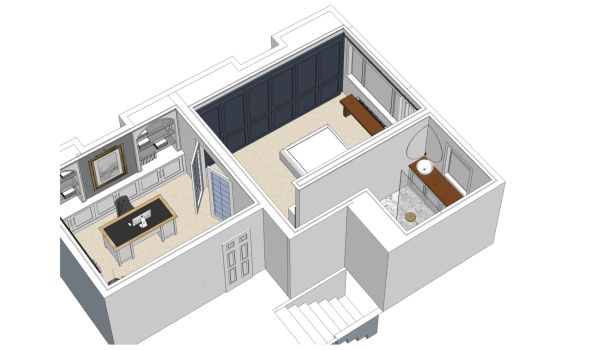
In Summary...
Engaging an interior designer can be viewed as an extra expense, but it should be viewed as an opportunity to add value to your home while saving you time, energy, money and maybe a marriage! In my experience, the most successful and efficient projects use a team of talented experts who are great at what they do. Between them, they have clear responsibilities to ensure your home gets designed exactly how you’d like it. Hiring an interior designer is an investment for one of the biggest assets you’ll ever own. Get in touch if you’d like some help with your current or future project! I’d love to hear from you.

Tracey Bright, Interior Designer.
< Click my face to get in touch.
If you learned a thing or two, share this blog on your socials below.
